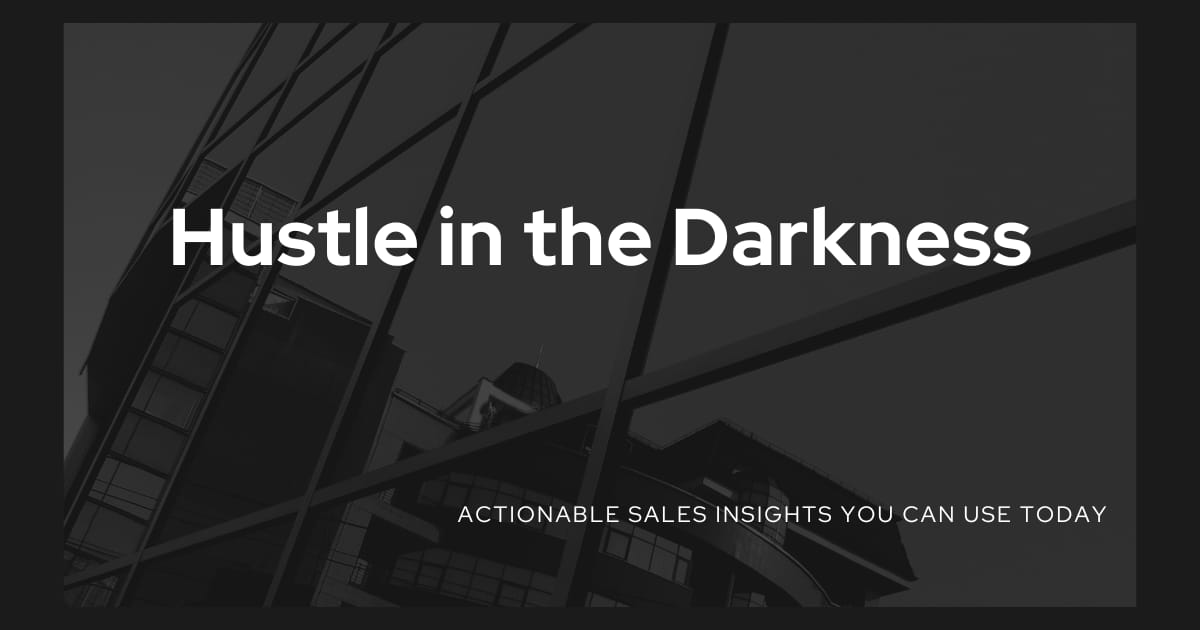Read on: My website
Read time: 2 Minutes
I have a challenge for you.
Pick up the phone. Call your own customer service line right now.
Wait.
Count the seconds.
At 60 seconds, you're already annoyed. At 90 seconds, you're checking your email while terrible hold music plays. At 2 minutes, you're done. You hang up.
You just became part of the 60% of customers who refuse to wait longer than two minutes.
Now imagine you didn't hang up. You finally reach someone. Except it's not someone. It's a bot. It asks you to describe your issue. You do. It asks three more questions. Then two more. Then it loops back to the first question.
Frustration. Especially when you paid for a service. You expect quality support (and it is written in your contract too).
Was this newsletter forwarded to you?
Welcome to modern customer service.
50% of people feel frustrated every time they interact with a chatbot. Where 40% of chatbot experiences are flat out negative. Where 55% of customers are ready to scream because the bot won't stop asking questions.
And here's the part that should terrify every business owner. After just one bad chatbot experience, 30% of customers switch brands entirely. One bad interaction. That's all it takes.
You spent years building your reputation. Tens of thousands of dollars, meetings, conferences, coffee, and much more to win over that customer. And you lost them because you couldn’t be bothered to interact with a human being when they needed something.
And if the customer really wants to talk to you…they won’t second-guess calling the most senior person they can get and voicing their frustration.
The brutal math is simple. The average person spends 13 hours per year on hold. That's more than an entire workday wasted listening to elevator music and being told their call is important.
The industry standard says 80% of calls should be answered within 20 seconds. You know how many call centers actually hit that target? 16%.
Your competitors are failing. And so are you.
While everyone races to automate everything, real human service just became the rarest, most valuable thing you can offer.
Here’s an idea of how to change that.
Let’s dance.
What 100K+ Engineers Read to Stay Ahead
Your GitHub stars won't save you if you're behind on tech trends.
That's why over 100K engineers read The Code to spot what's coming next.
Get curated tech news, tools, and insights twice a week
Learn about emerging trends you can leverage at work in just 10 mins
Become the engineer who always knows what's next
When Customer Service Was Actually Service
You remember it, right?
You had a problem. You picked up the phone. A real person answered. Not a bot. Not a menu tree. A human being who actually helped you and could direct you to the right people.
They didn't transfer you three times. They didn't ask you to fill out a form. They didn't tell you to check the FAQ section. They just listened, understood your issue, and fixed it.
That was customer service. Simple. Human. Effective.
Today, that experience feels like ancient history.
Now you navigate automated phone systems that loop endlessly. You talk to chatbots that misunderstand every third question. You fill out support tickets that disappear into the void. You wait hours, sometimes days, for someone to acknowledge you exist.
Modern customer service isn't designed to serve you. It's designed to delay you, deflect you, and hopefully make you give up before you cost the company any real time or money.
Companies aren't putting customers first anymore. They're putting efficiency metrics, cost savings, and automation dashboards first. You, the person who actually pays them, come second.
And it's killing their business.
Check out my other articles on this here:
Why Should You Care About This?
The numbers don’t lie:
US companies lose $75 billion every year because of poor customer service.
67% of customers have switched brands due to poor service, even when the product itself was fine.
90% of customers consider an immediate response either crucial or very important when they need help. Meanwhile, most companies are hiding behind chatbots, ticket systems, and email forms that take 24 to 48 hours to get a reply.
81% of customers would rather wait several minutes to talk to a live agent than engage instantly with an AI assistant.
People would rather wait than deal with your bot. That's how bad automated service has become.
When customers feel processed instead of served, they leave. When they feel like a ticket number instead of a person, they tell others to avoid you. And when they experience real, human, old school service somewhere else, they never come back.
What Can You Do About This to Grow Your Business?
Put a real phone number on your website.
And make sure you can answer it.
Don't outsource it to a call center in another country where agents read scripts and can't make decisions. Empower your team to actually solve problems on the first call.
Make it easy for people to reach a real person. Not after navigating six menu options. Not after the bot fails three times. Immediately.
Train your team to own the customer's problem from start to finish. No transfers. No bouncing between departments. One person, one issue, one resolution.
Give your people the authority to make things right without checking with three managers. Customers don't want policies. They want solutions.
And here's the game changer. Follow up after you solve the problem. A simple call or email asking, "Did we take care of you?" separates you from every competitor who treats customers like transactions.
Use your CRM to remember customer history. Use your data to anticipate problems before they escalate. But when someone needs help, put a real person on the line.
The companies winning right now aren't the ones with the fanciest AI. They're the ones where customers can get a human being in under two minutes.
Trust drives everything. Repeat purchases. Referrals. Loyalty that survives price increases and competitive offers.
The best part, most of your competitors won't do this.
The Bottom Line
Customer service used to mean showing up for people. Listening. Solving problems. Making customers feel like they mattered.
Stop making your customers navigate mazes to get help. Stop putting all the responsibility on them to solve their own problems. They paid you. Now serve them.
Modern tools are great. But the old school principle of treating customers like human beings will never go out of style.
My middle school principal taught me one of the most important values that I still keep with me today: “Treat people the way you want to be treated.”
Action Item
This week, call your own customer service line. Experience what your customers experience. Time how long it takes to reach a real person. Note every frustration, every loop, every moment where you wanted to give up.
Then fix it.
Make one change that removes friction and gets customers to a human faster.
If you can't get help from your own company in under two minutes, neither can your customers. Change that, and watch what happens to your business.
Get it to sixty seconds.
What the Internet Taught Me This Week
From new tools, recent trends, and market updates, here is what has been on my mind.
A common error appeared to cause a major AWS outage. Check it out here
The shocking jewerly thieves of the Lourve. Here’s what we know. Check it out here
Apple alerts exploit developer that his iPhone was targeted with government spyware. Check it out here
Customer service didn’t disappear because technology advanced. It disappeared because companies forgot what service means.
You don’t need another chatbot update or a fancier ticketing system. You need to show up. You need to care. You need to bring back the one thing automation can’t replace: real conversations.
The businesses winning today aren’t running the latest software. They’re running on trust, speed, and the human touch.
So stop optimizing for efficiency and start optimizing for connection.
Pick up the phone. Answer the email. Call the customer back.
Maybe you can’t do it at scale, but it sure is quality over quantity.
See you next week.
Whenever You're Ready, Here are 4 Ways I Can Help You:
Unlocking Hidden Potential - Reconnecting with Past Clients for Explosive Growth - Check out my free eBook on how you can find hidden gems in your past clients and help you crush your sales goals.
Build your Sales CRM - Download our free Sales eBook on How Your Sales Team Can Maximize Your CRM Tool. Whether it’s Hubspot, Salesforce, or another CRM tool, make sure you leverage it to your advantage.
Awesome Sales Resources - Transform your sales engagement and capabilities across Social Selling, CRM, Lead Generation, Enablement, and more.
Cribworks Advisor Program - Want more than just resources? Reach out to me and see if our Advisor Program can help you grow your business.


